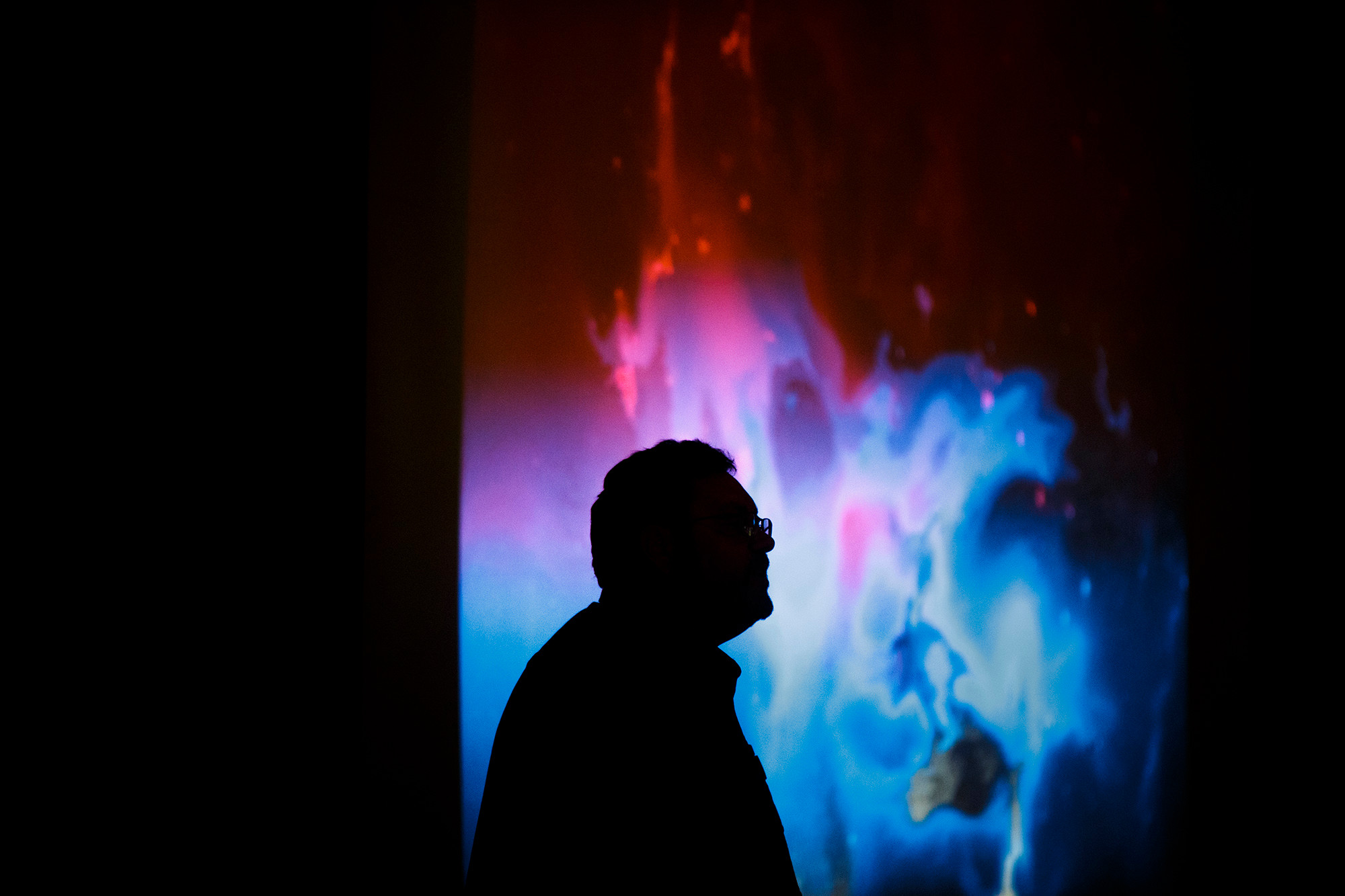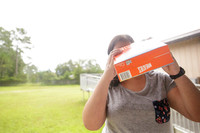Students try to get a glimpse of the eclipse
LAKE ASBURY – Thomas Webber, has witnessed five total solar eclipses. As Monday’s partial solar eclipse moved through Clay County, his focus was on helping students at Lake Asbury Junior High …
This item is available in full to subscribers.
Attention subscribers
To continue reading, you will need to either log in to your subscriber account, or purchase a new subscription.
If you are a current print subscriber, you can set up a free website account and connect your subscription to it by clicking here.
If you are a digital subscriber with an active, online-only subscription then you already have an account here. Just reset your password if you've not yet logged in to your account on this new site.
Otherwise, click here to view your options for subscribing.
Please log in to continueDon't have an ID?Print subscribersIf you're a print subscriber, but do not yet have an online account, click here to create one. Non-subscribersClick here to see your options for subscribing. Single day passYou also have the option of purchasing 24 hours of access, for $1.00. Click here to purchase a single day pass. |
Students try to get a glimpse of the eclipse
LAKE ASBURY – Thomas Webber, has witnessed five total solar eclipses. As Monday’s partial solar eclipse moved through Clay County, his focus was on helping students at Lake Asbury Junior High experience the event for themselves.
“This is the first time this has happened since 1918, that’s how rare this is,” said Webber, a physics teacher at Oakleaf High School and director of the MOSH planetarium in Jacksonville. “You guys are here to experience this! Next time this happens, I won’t be around.”
This year’s eclipse crossed the entire United States, referred to as the Great American Solar Eclipse, and was the first event of its type in about 100 years. According to Webber’s presentation, eclipses happen every 18 months when the moon is at the right position on its axis to cross between the sun and Earth. Most of these eclipses do not happen over populated areas, and occur over the ocean, with the majority never being seen by human eyes.
Monday’s event carried a full solar eclipse all the way across the country from Oregon to South Carolina. Though the path of totality didn’t cross Florida, the Northeast region of the state saw about 90 percent coverage.
Before the event, Webber, whose wife Desiree teaches science at Lake Asbury Junior High, discussed the causes of both types of eclipses to the seventh and eighth grade science students. She also talked about safety precautions that must be taken to properly enjoy the galactic happening without permanently damaging their vision.
“It is never safe to look at the sun,” Webber said. “The sun has a surface temperature of 10,000 degrees. Your eyes cannot tolerate the radiation or the brightness. Sunglasses will not work, squinting will not work. Your eyes are not worth it.”
Webber is well-versed in eclipse viewing, and knowledgeable of all aspects of the galaxy. Working in planetariums since his early degree work, he provided a wealth of information to the students, who were about as interactive as could be expected at a Monday morning lecture. Nonetheless, the presentation seemed to leave the room buzzing with excitement for the impending solar show.
“Students, I am telling you that this afternoon, 90 percent of the sun is going to disappear,” Webber said to oo’s and ah’s. “You will feel the temperature drop, you will feel the winds change. Animals that are awake during the day are going to go to sleep and nocturnal animals will start to come out.”
The group was made up of about 100 students – a number of kids were checked out of school by parents to travel to an area that would experience totality. During and after the presentation, the Lake Asbury Junior High parking lot saw a constant stream of parents taking kids out early to watch the event closer to home.
Following the presentation, students continued to bounce between classes carrying their eclipse glasses and cereal box viewers to safely stare at brief glimpses of the sun as it peeked through the clouds off and on leading up to the start of the eclipse at around 1:15 p.m. However, rain clouds moved through and covered up the moon’s coverage of the sun.
Webber stuck around, volunteering information and flipping between the local news and live streams of the eclipse from across the country while Desiree led her advanced science class in making cereal box viewers.
“I didn’t know that a solar eclipse was so rare,” said 12-year-old Yisneily Pagan. “I enjoyed learning about it, and the difference between lunar and solar [eclipses].”
Despite cloudy weather, Clay County dipped into a brief period of darkness during its time of coverage, which gave the 12-year-olds at the school a taste of what is to come in 2045 when Florida will be on the path of totality.
“Now you’ll be ready for the next eclipse in 2045,” Desiree Webber said to her class. “Maybe some of you will be teaching a middle school science class by then!”
This suggestion was met with groans from the students.











